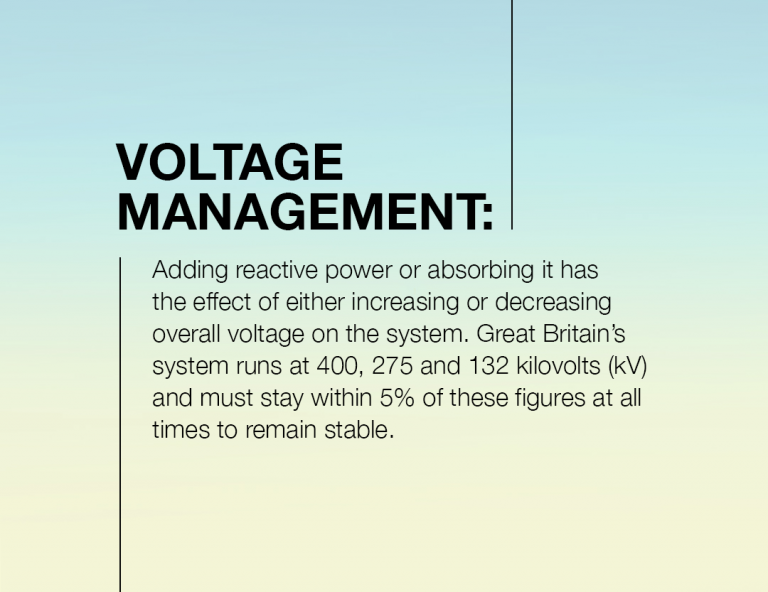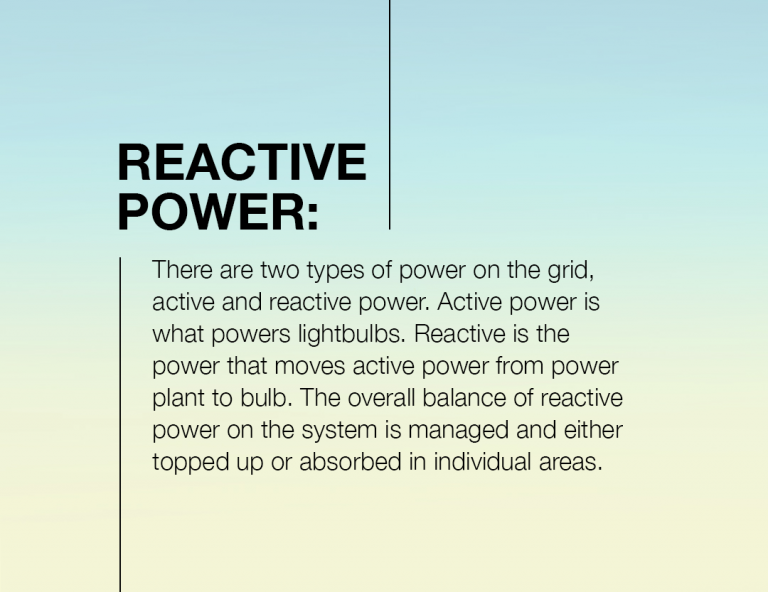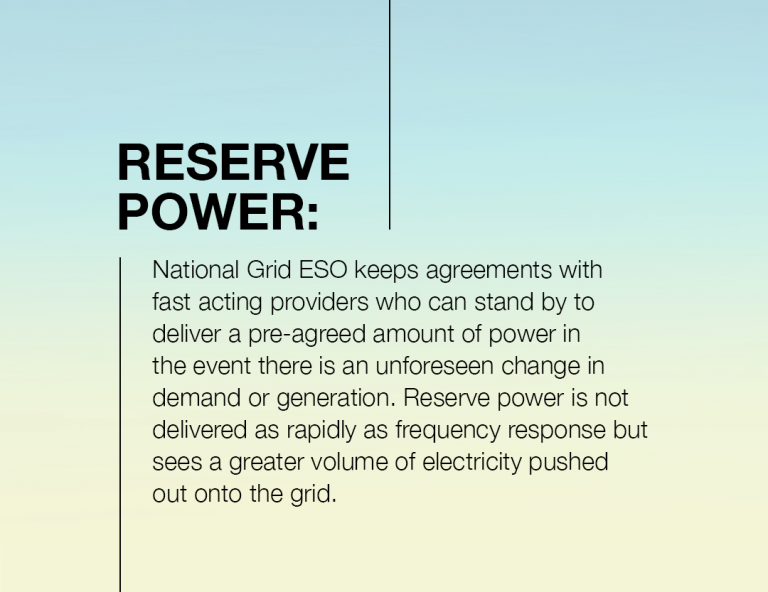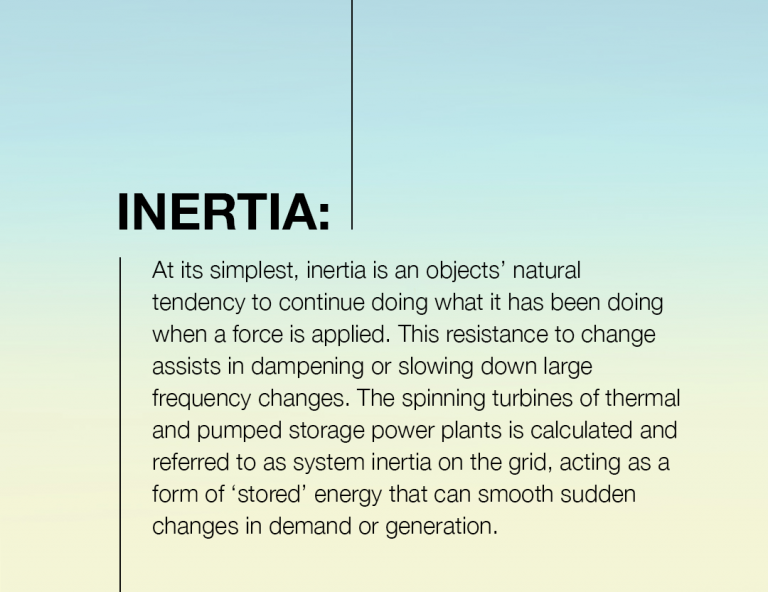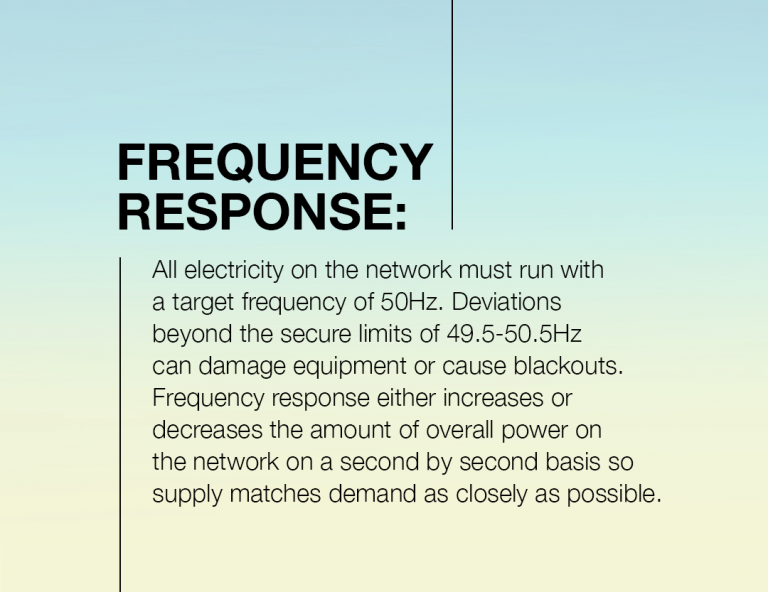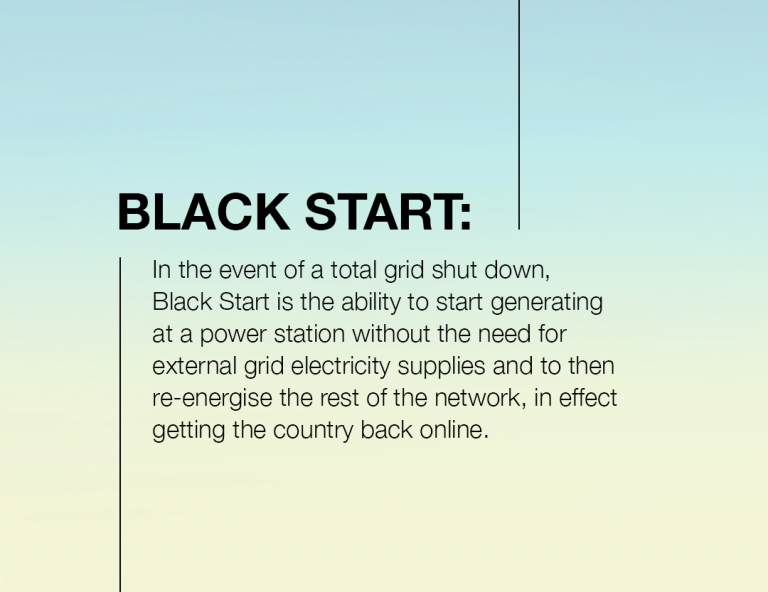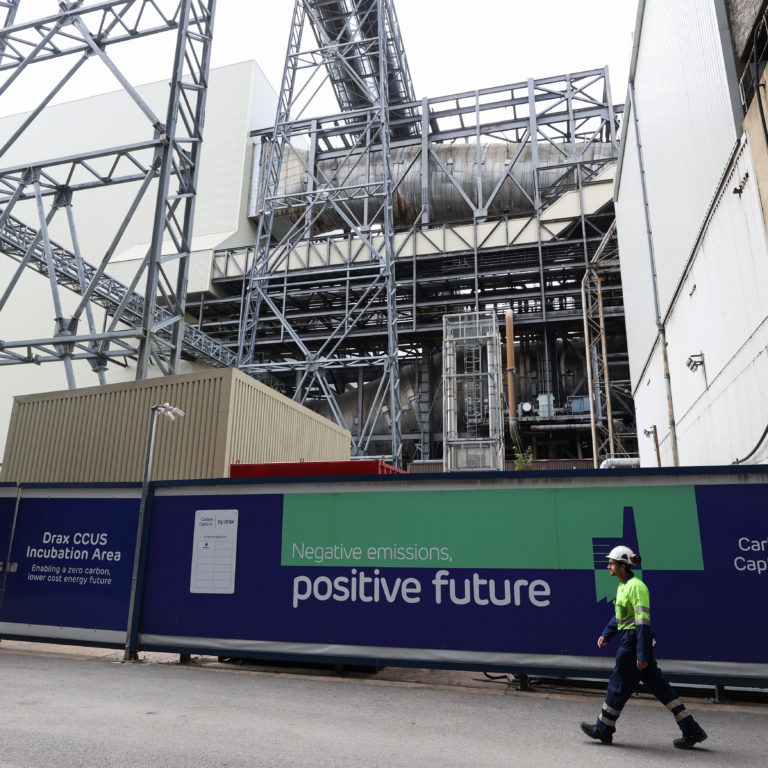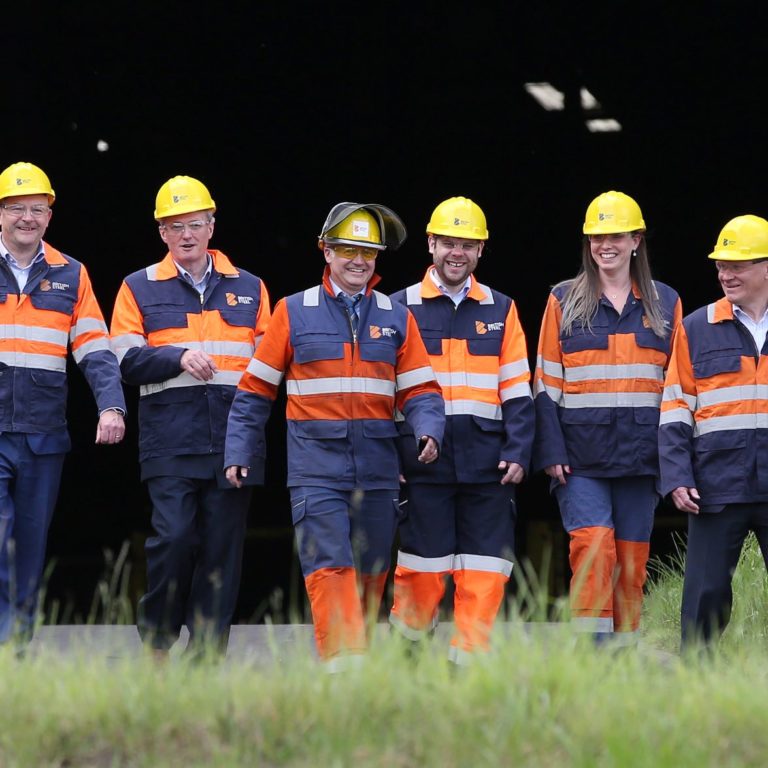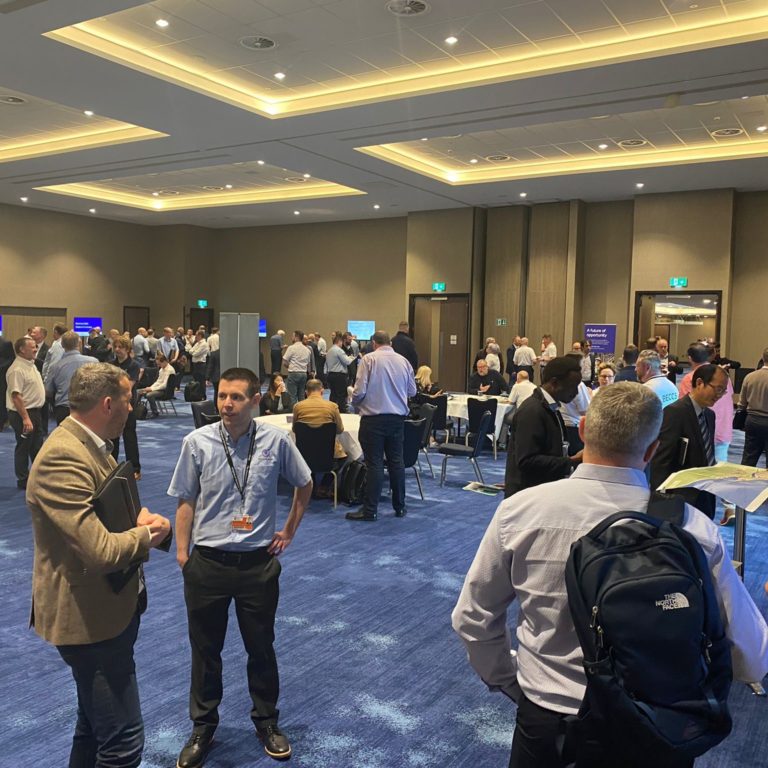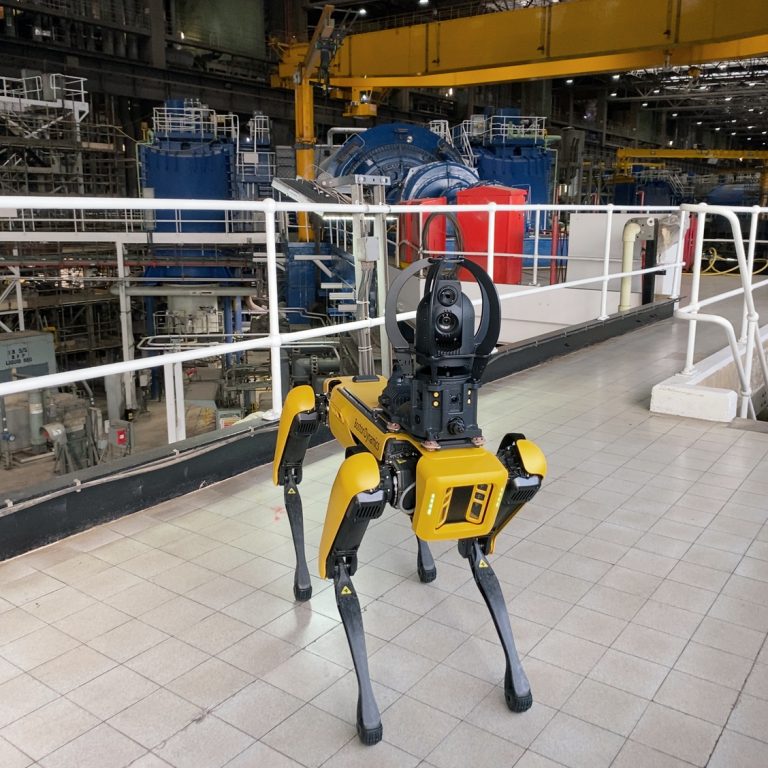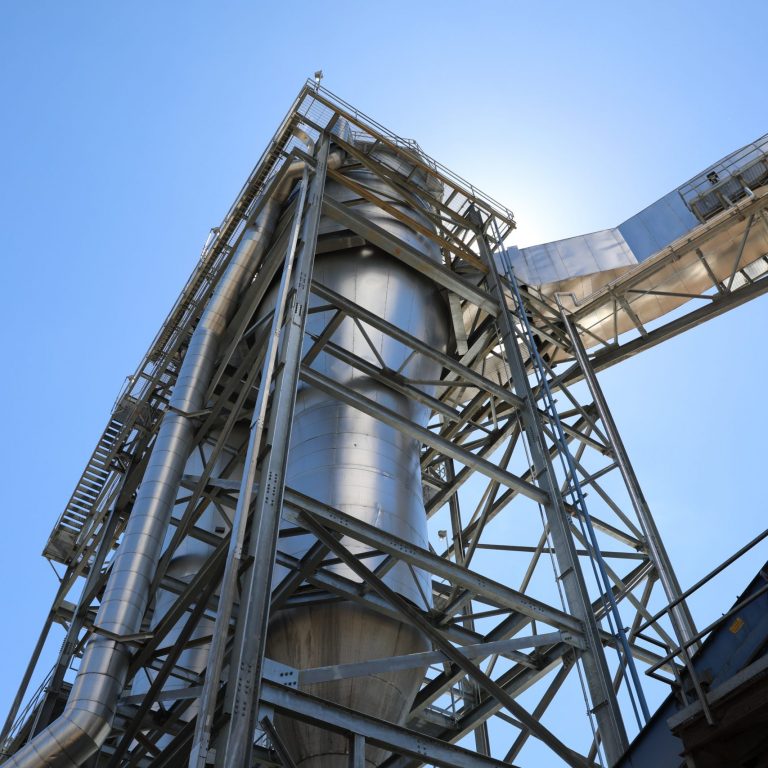Could Great Britain go off grid?
Chapter 1:
Great Britain goes on grid
Bonnyfield, near Falkirk in Scotland, isn’t an exciting place. It’s home to a nature reserve, the remnants of a Roman wall, and a small neighbourhood bowls club. It’s sparse and suburban.
But it was here, in a wind-beaten field dotted with trees on the outskirts of town, that the largest infrastructure project in British history began.
On 14 July 1928 the first pylon of what would become the national grid was erected. It would be a decade before the grid as we know it today came into existence, but on that Saturday morning a small group of men gathered to hoist a steel tower upright and signal the arrival of the modern age.
Nearly a century later, the electricity network that grew from that first pylon remains, but it’s a vastly different thing. It’s bigger and more complex – its physical footprint covers almost 90,000 pylons, 4,500 miles of overhead cables and 342 substations operated by the National Grid Electricity Transmission company, as well as many more local distribution networks consisting of wires and transformers.
It’s a network of old and new technology spanning almost the whole country that helped propel a population into an age of rapid scientific and economic expansion. But today there’s one question being asked of it: is it fit for purpose?
In a world of small-scale, intermittent-renewable, decentralised, distributed and battery-powered microgrids, is an almost antique network what the country needs?
To answer that question, we have to start with a broader one.
Why do we even have a grid at all?
90,000 pylons
Great Britain's national grid
4,500 miles of overhead cables
342 substations
The history of the grid
Electricity came to Great Britain’s shores as a novelty. When it arrived in the 1880s its practical uses were limited – lighting was just about the only demonstrable function. As a result, electricity’s early adopters were either the rich – who used it to bring uniqueness to their homes – or hotels and seaside attractions such as those in Blackpool, which used electricity as a way to bring in curious punters.
The early electrification of Great Britain wasn’t a government effort to light up the country, it was a way to show off.
By the dawn of the 20th century electricity had begun to grow as a means for powering industrial machines, but its use was niche and viewed with scepticism. Great Britain’s deep reserves of coal had made steam the driving force behind its industrial revolution, and in domestic life people were familiar with coal stoves and gas lamps. Electricity was a complicated, unnecessary alternative with few supporters.
But by the 1910s it became apparent Great Britain was lagging far behind the economic and industrial development of the US, Scandinavia and Germany – three regions where electricity had grown to be more abundant and less expensive. It was clear to anyone comparing those countries that electricity use on a larger, integrated scale could unlock greater development and growth.
Britain took notice. But the question was, where to start? And more importantly who had the nerve to take it on?
The man who would be the grid king
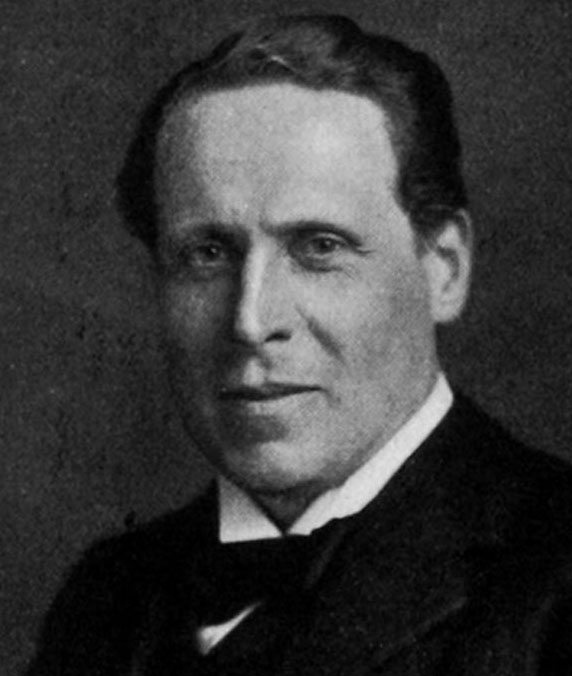
Charles Merz
Charles Merz had ambition born into him. The eldest son of a German-British chemist and industrialist father, he took up his first job aged 15 as an apprentice at the Newcastle-upon-Tyne Electric Supply Company, which was founded by his father in 1889.
By age 24 Merz was the Secretary and Chief Engineer of the Cork Electric Tramways and Lighting Company in Ireland, where he met fellow electrical engineer William McLellan. Together they set up the consulting firm Merz & McLellan with a vision to transform the nascent technology of electrification.
The pair returned to Tyneside in 1901 to open the Neptune Bank Power Station, the first power station in Great Britain built exclusively to supply electricity to industry rather than just to power domestic lighting. By 1914 Merz & McLellan had taken ownership of multiple power stations in the surrounding area, but rather than sitting back and reaping the economic rewards of this network, Merz saw something else.
In the concentrated geography of British industry, he recognised the opportunity for a public supply of electricity spread across sites. One that would be cheaper and more reliable than the private generators supplying individual factories – that would connect multiple power stations through high-voltage transmission lines, and would pool generation so it could be shared across multiple factories and facilities.
He set about building it, adding connections that linked his power stations to share their generation across the Newcastle-upon-Tyne region and, in the process, formed the country’s first ever local grid.
He used the project as a working demonstration to influence Parliament to take the task of interconnection much further. He was met with little enthusiasm, but then World War One struck and everything changed.
Industrial production would be essential to the war effort. The 1915 Shell Crisis – a severe shortage of artillery shells on the western front – highlighted that British industry was not up to the pace needed. Furthermore, mass conscription caused labour shortages in the coal industry, threatening the main source of Great Britain’s electricity and industrial power.
It was through direct government intervention, such as rationing of domestic coal and drafting women into factories and mines, that Great Britain’s industry could get up to speed.
Merz seized the narrative of British survival to advocate for regional grids. He argued that reorganising the electricity system to use the latest energy technology would make the most efficient use of coal reserves and generate the electricity needed to ramp up industrial production and overcome the struggle.

Great Britain's National Grid: A Timeline
The early electrification of Great Britain wasn’t a government effort to light up the country, it was a way to show off.
Getting the grid in shape
The feeling that the UK had only just scraped through World War One thanks to the US’ intervention with its industrial might (powered by regional grids) was deeply troubling. It was now apparent to many electrical engineers that radical change was needed. But despite the clear need, progress was slow.
The long-anticipated peace following the war was fraught with tension. Coal miners went on strike against wage cuts in 1919, disrupting the country’s most vital source of electricity and heat, and exposing the vulnerabilities of the fractured electricity system.
That same year a group of electrical engineers gathered to write a report in response to the war calling for greater interconnection. The ‘Williamson Report’ set out to make the country’s electricity systems more efficient and secure, but did so through voluntary involvement and gradual legislation. As a result, progress was slow, ad hoc and marginal – not the radical shift that was needed.
This significant overhaul would come in 1926 with the release of another report – once again with Merz one of the main players. The ‘Weir Report’ laid out the first true vision of a connected grid across the nation and became a point of reference for advocates. Its first step was to establish seven separate, regional networks.
The committee behind the report was chaired by Lord Weir of Eastwood, a Scottish industrialist who had come to prominence during the war as director of aircraft production and then as Secretary of State for Air. He made it clear to Conservative Prime Minister Stanley Baldwin that the plan would not just advocate for a gradual progression of electrification, but call for major reorganisation and financial investment.
Baldwin rallied significant support for the construction of the grid thanks to the Labour Party’s support of greater public electricity supply, which it saw as a step towards eventual nationalisation. But the complexity of the existing network meant the feat of integration would be enormous.
Dr Paul Warde, a professor at Cambridge University sums up the state of the country’s power network at the time. “Before the grid as we know it became established, Britain had 572 local electricity suppliers, and almost as many power stations as that.” The plan to integrate all of them would be the biggest infrastructure project ever undertaken by the government.
Looking over the planned transmission lines crisscrossing a map of the country for the first time, Charles Merz stood back and said what he saw – a ‘gridiron’ impression across Great Britain.
The man to champion the idea of a national grid had also just given it its name.
“Before the grid as we know it became established, Britain had 572 local electricity suppliers, and almost as many power stations as that.”
Dr Paul Warde, Cambridge University
The largest infrastructure project ever undertaken
Legislation was passed in 1926 and planning began immediately. One of the first tasks in 1927 was to found the Central Electricity Board (CEB), which would oversee the construction and operation of the system.
This included everything from finding and procuring the right land, to deciding which power stations were high capacity and efficient enough to be brought onto the system, to overcoming the technical challenges of standardising voltage and frequency. Nearly a century later, this decision to unify voltage and frequency remains one of the fundamentals of the grid as we know it.
The final of the 26,000 original pylons that would become the national grid was erected on the outskirts of the New Forest on 5 September 1933. Just seven years after the project began it was completed – on time and within budget. Its impact on the country was immediate.
Between 1926 and 1933 electricity consumption in Great Britain doubled from 5 million kilowatt hours (KWh) to 10 million KWh, while industrial production grew significantly. Factories and workshops now had a cheap, reliable, public supply of electricity they could use rather than having to depend on their own.
The homes of ordinary people across the country also now gained access to electricity for the first time. It became a political debate in the 1930s when the decision as to whether public housing should have electricity or not was raised.
Primarily Conservative local councillors worried about inflicting the cost of electricity on poorer tenants, while Labour councillors advocated for modernity in anticipation of cost falling in the future. In an era when the vast majority of people rented their housing, the decision would ultimately fall to landlords rather than tenants. In the end electrification won out.
These were huge steps forward, but there was still no nationwide, fully integrated network. The country had interconnected its power stations, but it remained regionally divided into seven individual networks.
Another change was needed, but it wasn’t going to come easily. It needed a maverick plan.
The rebels that turned seven into one
On the evening of 29 October 1937, almost a decade after the construction of the first pylon there was a rebellion brewing. A group of electrical engineers at the CEB had launched a plan behind their employers’ back to run an experiment that would once again transform the country’s electricity system.
The network was divided into seven separate networks, but this group of engineers saw the potential for something else – an integrated system. A truly national grid.
That evening the group of co-conspirators decided to run all seven separate networks as one integrated system. As an unauthorised experiment, there was high potential for disaster – if it didn’t work, the country could falter and each engineer would likely lose their jobs. The group advanced regardless.
There was no disaster, no loss of power and, crucially, it worked. Authorities at the CEB were initially deeply unhappy with the maverick plan, but the potential for a single system was clear and they would soon need to consider it further.
In the harsh winter of 1938, the possibility of shortfalls in the South of England prompted the decision to formally attempt to run the system as one grid and to connect the more plentiful generation of the North with the rest of the country. It was intended as a short-term measure, but this time it stuck. The country’s grid has remained connected and centrally coordinated ever since.
By 1940 electricity consumption had once again doubled to 20 million KWh a year, while through the 1930s Great Britain’s industrial production grew to sit behind only Germany and the Soviet Union’s – which would prove massively important given what the next decade would entail.
Merz, the man who had kicked it all off, however, would not live to see how robust and vital the grid proved throughout the Second World War. In 1940 he died during a German air raid at his home in Kensington at the age of 66.
As the country emerged from the Second World War, the unified, electrified Great Britain he had imagined decades before was just coming into being. More than just transforming industry, it was changing society.

Transformation at home and work
The grid Merz helped shape was responsible for ramping up the industrial power that would help the UK survive the Second World War, but away from the shipyards and factories, it was changing the lives of ordinary people across the country.
The shift from small locally-placed power stations to larger plants located further from towns and cities massively reduced the level of pollution in urban areas. The benefit was felt in homes, too, where the reduced need for gas canisters and oil wicks cut indoor pollution – though coal would still play a role in heating and cooking in homes until the 1970s.
The immediately obvious lifestyle benefits this brought meant greater electrification – and the construction that came with it – was invited rather than obstructed. Communities of all kinds saw recognisable benefits brought by electrification and were willing to accept transmission lines and cables traversing the landscapes for it.
In the post-war years, the practical applications of electricity in homes and businesses expanded significantly as new appliances came to market – from fridges to electric ovens to hoovers to kettles. Advertising for these appliances was targeted at women, the belief being that having been tasked with labour-intensive domestic jobs for centuries, new electrical appliances suddenly made these much less time consuming.
From houses to factories and neighbourhoods to regions, reliable safe electricity from the grid allowed modern Great Britain to emerge in the second half of the 20th century. The transformation was radical, positive and rapid, but there was a silent problem lurking at the heart of it – the fuel powering it.
When everything changed
Coal had been the backbone of British industry for as long as there had been any British industry – the electricity revolution was no different. Power stations across the country may have been connected to one another, but in the immediate post-war years almost all were running on coal, and as populations grew and electricity demand increased, more and more coal was needed.
At the same time, so did awareness of what that coal was doing to the world around it. Air pollution in urban areas may have improved as power stations had moved beyond city limits following the 1956 Clean Air Act, but their cumulative effect to the world at large could no longer go unnoticed.
As science and computing advanced in the 1950s and 60s, researchers were slowly gathering more evidence that carbon dioxide (CO2) was no longer just another invisible by-product of burning coal, but a world-damaging gas slowly filling the atmosphere.
The world needed to cut carbon emissions, but it still needed power. In fact, it needed more power than ever. So, the industry began looking at other sources of electricity. Part of the solution was found in nuclear, which grew in the 1950s and 60s, before the arrival of natural gas in the 1990s. But elsewhere technologies that ran on sources that would never run out, and that wouldn’t emit the malicious molecule – CO2 – were gaining greater traction and interest.
By the turn of the millennium solar and wind generation weren’t new technologies, but they came under renewed consideration as an option to provide cleaner, renewable power at scale. And as more minds began to tackle this challenge, the costs of these technologies began to fall while their abilities grew, triggering the rise of larger, more plentiful pockets of renewable generation that existed in localised hubs centred on servicing single homes, facilities or regions.
It was an historic moment in recognition of a cleaner energy future, but for Great Britain it also signalled the end of coal – the fuel that for centuries had powered the country. Instead, the future would be focused on renewable and lower-carbon power sources.
The first great leap of the national grid was to unify generation so that no part of the country would ever be without power. There was now a second: how do we make it cleaner?
The pockets of renewable generation dotted across the country that had been quietly developed and cultivated were now something else – they were no longer the fringe, they were the future. But they would need to grow. The focus wasn’t the big connected network, but the smaller sections within it.
And if this was where we were headed, what would that mean for Merz’s great interconnected grid?
As we entered the 21st century in earnest, the grid began to break.
Chapter 2:
The big break
In the North-West Highlands of Scotland is a peninsula jutting out into the North Atlantic. The community of Scoraig is only accessible by boat or a five-mile hike. It is also completely cut off from the national grid.
The local homes and community school are partly-powered by small-scale wind turbines built by a local physicist and wind-power hobbyist called Hugh. Scoraig has become a haven for people who want to escape the traditional nine-to-five and seek a self-sustained lifestyle. It is exactly what comes to mind when you think of living ‘off-grid’.
But the idea of ‘off-grid’ is no-longer limited just to these types of remote communities. Instead, aided by technological advances and government incentives, it has become a feasible, small-scale way to begin to decarbonise Great Britain’s electricity system, and to bring generation closer to electricity’s point of use.
These off-grid communities bring advantages, but there are also repercussions for the broader network.
Great Britain’s grid was built with big power stations that generate a lot of electricity in mind. Facilities like Drax Power Station – now the biggest in the country – can generate 600-plus megawatts from each of its four biomass units and contribute as much as 8% of the country’s total electricity. The substations and transmission cables that make up the national grid were built to integrate and transmit vast quantities of power from stations of a similar size to plugs across the country.
But when electricity generation is happening at the place of consumption (such as at a local wind turbine or solar panel on an office building) much of that grid infrastructure isn’t needed. What’s more, the cost of maintaining it suddenly disappears, offering lower-cost electricity to end consumers.
What was built to connect a handful of big power generators is instead having to accommodate many smaller ones that don’t need to feed their power into a central, integrated pool.
This shift is called decentralisation – a move away from a network built around a handful of big generators to one made up of multiple, smaller ones.
But as more buildings, communities and businesses develop the ability to go off-grid and decentralise, the relationship between electricity producers and consumers changes. And inevitably so does the business of power.
The result could be a complete transformation of the centralised grid the country’s electricity system is built on. A transformation not of consolidation but of separation. A transformation that is already well underway.
The growth of decentralised generation
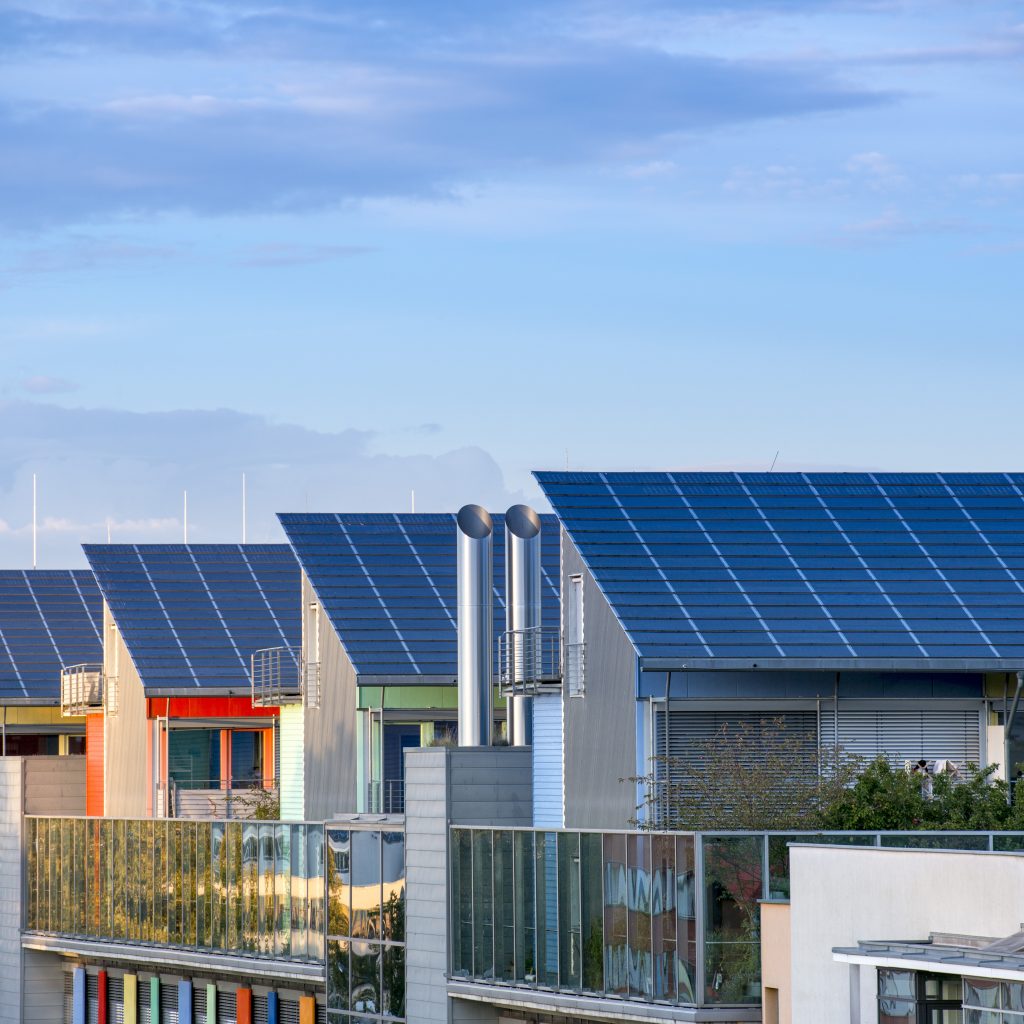
The Sun Ship, Freiburg, Germany
The primary catalyst for decentralisation was decarbonisation, but what’s arguably moved it into the mainstream is economics and energy independence.
The falling costs of renewable technologies – in particular solar panels – have made the ability for individuals to generate their own electricity a possibility for anyone able to afford the initial outlay. This has given rise to what’s known as ‘prosumers’ – individuals and businesses who both produce and consume their own electricity.
The benefits of this are obvious. Families and organisations can save money by generating their own renewable power rather than buying it from suppliers. This in turn reduces utility bills, and in many cases allows them to sell the excess power they generate back to the grid to even make money. And it’s not just in the private sector that it’s gaining traction.
Three quarters of local authorities around the country are exploring governing electricity at a local level with decentralised sources, including the country’s capital. The London Mayor’s Office expects 25% of the city’s power, as well as heat, to be generated through decentralised sources by 2025. This would be an impressive achievement for such a large city as well as a signal of intent for where the rest of the country may head.
But it wouldn’t be the first of its kind, globally.
The renewable village, the resilient country
The village of Feldheim lies in a flat, windswept stretch of Germany just south east of Berlin. With just a few hundred residents it’s far from big, but it is unique. In the mid-nineties it began experimenting with renewables, erecting four wind turbines in an effort to begin generating its own power.
Feldheim’s wind turbines eventually grew to 47 in number, and in 2008 these were joined by a biogas plant using local farm waste to create methane for heating, as well as a solar farm. All together these installations were generating so much electricity that 99% of it was being sold by the community back to the local energy market.
But Feldheim was still a part of the local grid. Utility company E.ON – who owned and operated the grid – refused to sell or lease the part of the grid the village sat on to the community. This meant the electricity being used there remained a mix of all the different sources of power on the country’s centralised, integrated grid, rather than coming directly from the local, renewable sources sitting on their doorstep.
So, the community did something drastic – they built their own grid. Using donations from residents, EU subsidies and a partnership with a French energy company it raised enough money to build a parallel grid that would only service the village. In 2010 it was switched on and Feldheim achieved total energy independence. Feldheim was now entirely off-grid, decentralised, and truly carbon neutral.
Just a year later, on the other side of the world, a devastating natural disaster would begin a move to decentralisation on a far bigger scale, one not just focused on decarbonisation, but on security.
In the wake of the 2011 Great East Japan earthquake and subsequent Fukushima nuclear incident, Japan found itself at a crossroads. It recognised its centralised electricity system was susceptible to major disruption from natural disasters, and that its geography made those natural disasters more likely. The country was also on an ambitious plan to reduce its carbon emissions in 2030 by 26% from 2013 levels. There was a need for resilience.
Shioashiya Smart City, a new district in the city of Ashiya near Osaka, began development in 2012 with the aim of building a net-zero carbon emission city on a microgrid using solar and storage facilities. Built in partnership with Panasonic, each of its 400 homes features a 4.6 kW solar generator and a 11.2 kWh storage cell, as well as systems allowing users to share excess power with other buildings in the neighbourhood including three condominium complexes.
The region regularly over-generates allowing the community to sell excess power back to the main grid, but even if connection to this is interrupted in an emergency, Shioashiya can continue to function from stored power and solar generation.
Nearly 600 miles away to the northeast of the country the city of Higashi Matsushima has taken a less-technological, but larger scale, approach. A city of 40,000 people, it was awarded funding as part of Japan’s National Resilience Program to construct a series of microgrids and renewable generation clusters that now produce 25% of the city’s total electricity.
The approach to decentralisation of the small German village and Japan-at-large are very different – not just in geography but in ambition. One is driven by a desire to isolate itself as a carbon-neutral off-grid haven, the other to demonstrate security through separation.
What they share, however, is a progression towards empowering users of electricity rather than just those that produce and manage it. This doesn’t mean a benefit just to individuals, but potentially whole societies.
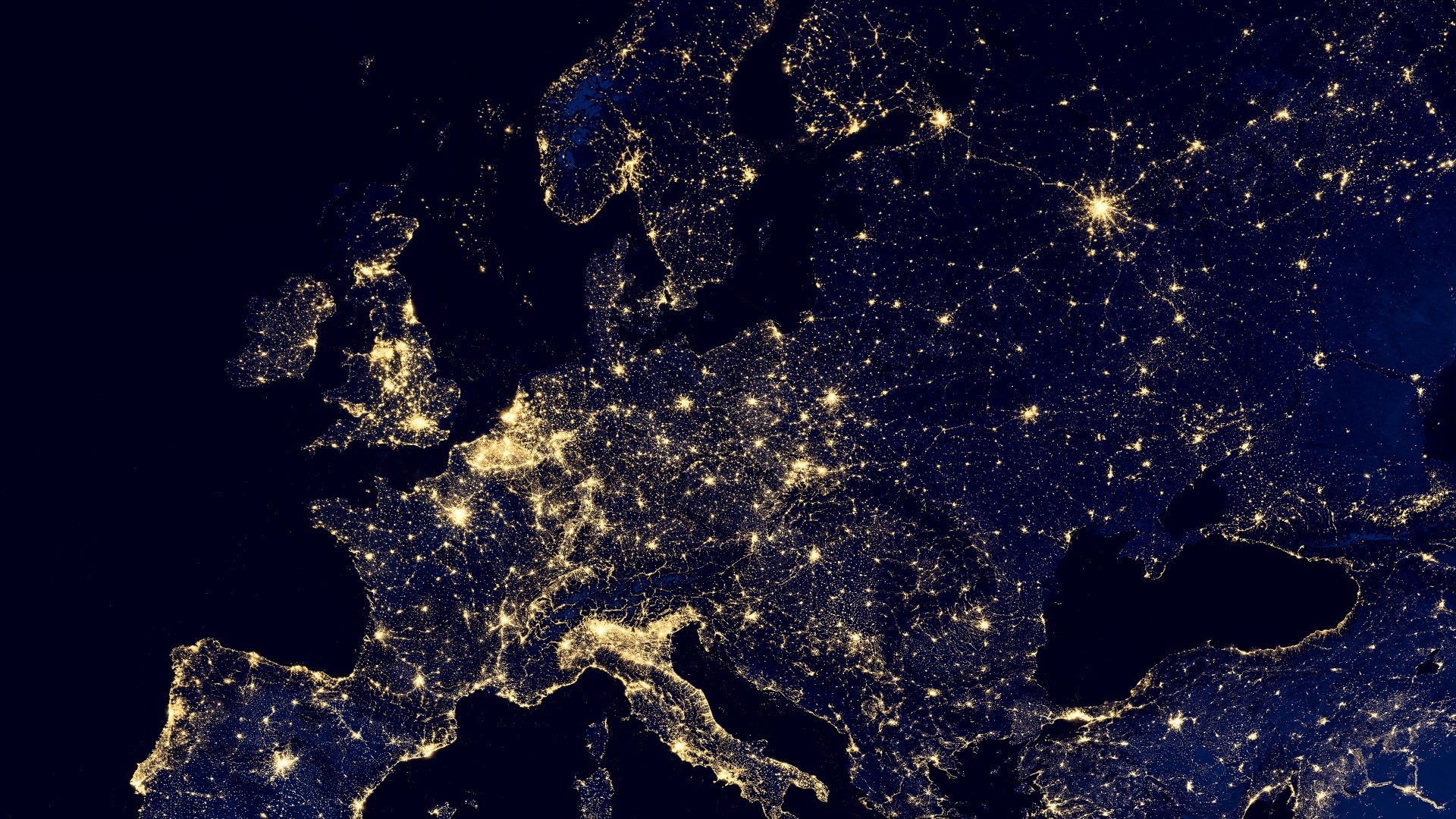
Changing generation, changing where the money goes
Emma Bridge is CEO of Community Energy England (CEE), an organisation which acts as a voice for community energy schemes around the country. With several years’ experience in renewable and community energy projects, she recognises the transformational potential of decarbonisation and digitalisation. More importantly she sees the opportunity they present for society.
One example of how are Community Benefit Society Cooperatives. These are renewable projects built through money raised by share and bond offers to community members. Once up and running the electricity they generate is offered back to the community, in some cases at a discount.
Bridge gives the example of a school installing solar panels on its roof: “The school would get discounted electricity from the panels, while selling power to the community. Any surplus income is then invested back into the local community, which has a say on how the money is spent.”
This can include helping to alleviate fuel poverty in areas where it is needed. A scheme in Barnsley has seen more than 300 solar panels and battery systems installed in council-owned houses in an area where 75% of residents are elderly and 25% are on pre-payment meters. The scheme estimates in its first year it saved tenants more than £40,000 through reduced electricity bills, and lowered carbon emissions by more than 400 tonnes.
Bridge points out how the benefits of decentralised projects can play an even more important role by driving the behavioural change needed to further decarbonise the electricity system.
“The beauty of community energy comes in the trusted intermediary,” she says. “It’s very effective in reaching people and helping them to adopt different patterns, because if we’re going to tackle energy challenges, it’s not just about generation. It’s about changing the way we use energy.”
But while community energy projects like these sit outside the control of national or regional electricity suppliers, they still utilise the national grid’s local distribution systems to move megawatts around. And this is where the challenges of decentralisation begin to emerge.
The grid that Merz and his contemporaries designed and built was based around big, coal power stations on the outskirts of cities pumping electricity through the transmission system to consumers.
What it enabled – constant, secure and stable power at all times, anywhere in the country – created the society we live in, the industries we work in and set the standard for how we use power. It’s a system that has endured for almost 100 years, and its success is evidenced in how little we notice it in our daily lives.
The creation of this connected power system worked to ensure there is always power and there is always an integrated, highly complex system in place to manage the flow of that power back and forth. The country’s operation relies on some degree of centralisation to keep it all running together as one.
“If we’re going to tackle energy challenges, it’s not just about generation. It’s about changing the way we use energy.”
Emma Bridge, CEO, Community Energy England
Decentralisation creates benefits at street level, but in a world with only decentralised renewable microgrids, what powers the traffic lights in Devon when the sun is only shining in Scotland? And how do we manage the power of a country of 66 million connected, technology-dependent people when everyone is a prosumer, but the country still needs to operate in unison?
These are questions that aren’t easy to answer at the best of times. They are made significantly more difficult given the scale and rate at which decentralisation is occurring. A decade ago Britain had 80 individual points of generation to manage. Today there are nearly one million.
Can we keep up with a system that is decentralising faster that we can adapt to it? And how do we support separation while maintaining the stability of the country?
Chapter 3:
Evolve or die
It’s easy to tell when electricity is working – a light bulb comes on, a kettle begins to boil. It’s a far harder task to spot when an electricity system is working, because when it works it’s invisible.
This might give the impression the system is therefore simple – it’s not. It is a complex web of infrastructure that relies on an incredible number of moving parts working in sync, at all times.
At face value, the move towards decentralisation simplifies this system. A home with a solar panel on its roof has its electricity source directly attached to what it’s powering. But behind the scenes, beyond that single house, decentralisation is actually making the whole system more complex.
To truly understand how and why it’s doing this, we need to fully understand what it takes to make the grid work.
The big bucket of electricity
Power generation must exactly match power use at all times of day, across the whole country. If more electricity is generated on the grid than is needed at that precise moment, that excess electricity can’t always be stored and used at a later date. Small amounts can be stored in batteries and larger amounts at pumped hydro storage power stations. But a large-scale nationwide seasonal storage system would be needed to meet the challenge of storing all excess electricity.
Conversely, when demand suddenly surges, power stations need to just as quickly ramp up generation to match it. It leaves the electricity network in a constant balancing act of supply and demand.
One way of thinking about this is like a bucket of water with a tap near its top. Water feeds into the top of this bucket from two different sources, which keeps the bucket full and allows the tap to flow freely when it’s open. If too much water is let in, the bucket quickly overflows. Not enough and the tap runs dry.
So far, quite simple.
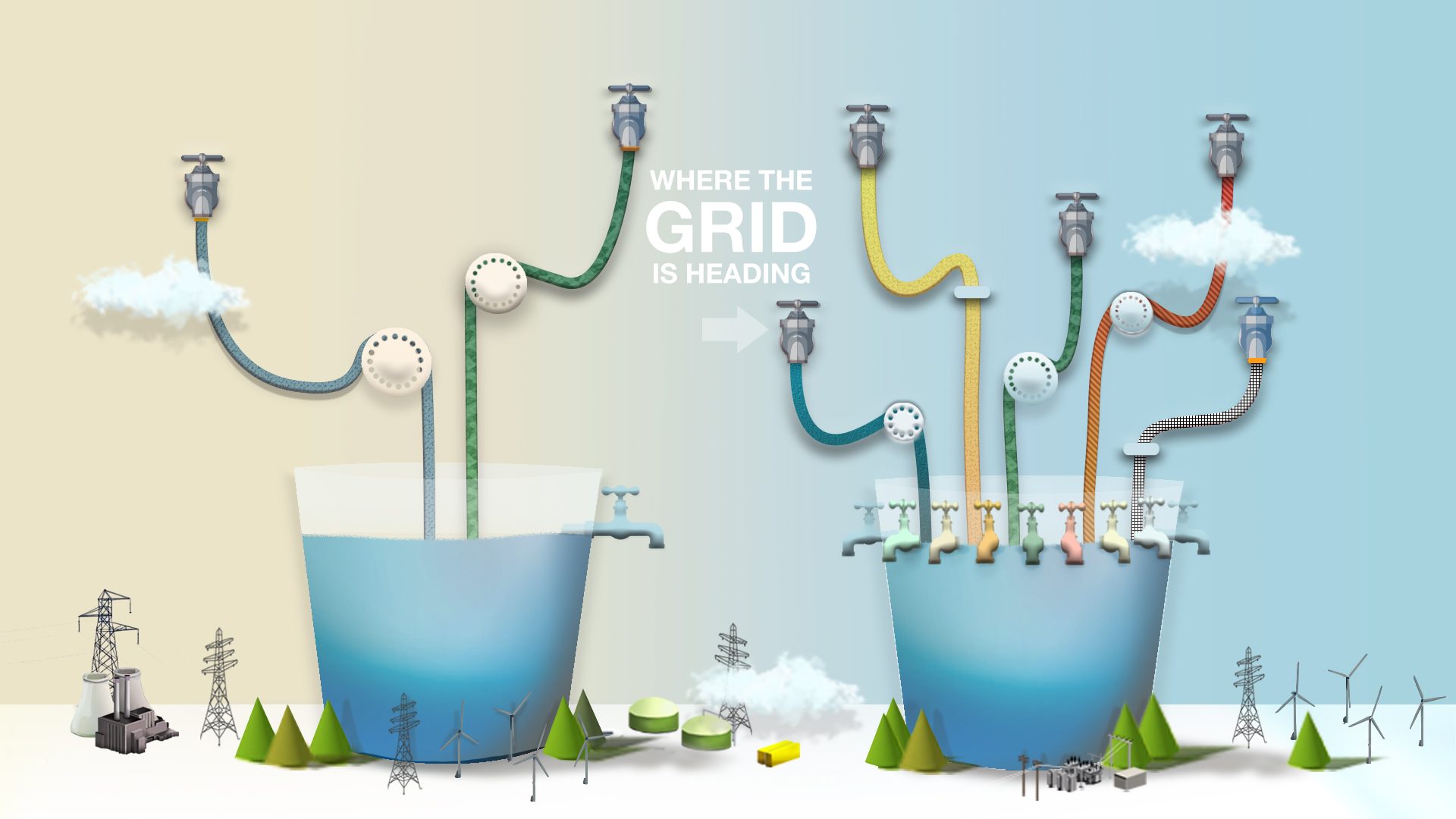
But now imagine it’s not just two sources of water filling up the bucket but many. And that there are multiple taps. And these sources and taps can open and close at any moment without warning and drastically change how much water is both coming in and out of that bucket.
The risk of suddenly having too much water and the bucket overflowing grows exponentially, as does the possibility of the taps running dry.
Now imagine this system working seamlessly twenty-four hours a day, every day.
In the case of Great Britain’s electricity system, making sure this constant balancing act happens smoothly is the job of the National Grid Electricity System Operator company, which manages the integrated power system by forecasting demand, instructing generators to switch on or off, and ultimately ensuring constant stability.
Decentralisation, however, is making this task increasingly tricky. It’s ‘hiding’ a large part of the electricity being generated and used, such as self-generating office buildings or homes with solar panels. And in cases where generation remains connected to the central grid (which is still the majority of time), decentralisation has the secondary effect of adding even more complexity to the system by increasing the number of potential points of generation that may or may not be supplying power at any given time.
This system grows even more complex when we consider the way many of these sources operate. Solar and wind power operate very differently to more traditional sources. They are unable to generate at all times – such as when the weather doesn’t permit it – and can’t ramp up generation, nor easily reduce it. In the main, where they are not accompanied by storage, they are either on or off.
Because of this it’s necessary to partner these sources with flexible and dispatchable generators that can make up the difference when weather conditions limit renewable generation and can run as backup in case of sudden spikes in demand.
The grid, as a result, is a complex web of sources and systems, all of which operate in different ways and from different fuels, but all must work together to deliver electricity at all times, across the country. It has grown incredibly complicated, but it is also needed to bring some sort of order and stability to the increasingly fractured system.
The growth of this decentralised system has largely been led by a leap in technological ability. A leap that allowed solar panels and storage to become a feasible option for powering homes and communities. But to grow and remain stable the grid now needs a similar leap in something far less exciting: operational ability.
Keeping the balance in a changing system
One of the key challenges electrical engineers had to overcome when constructing the grid was standardising voltage and frequency. Electricity can operate at a different voltage or frequency depending on how it’s generated, but in a system where electricity was to be shared nationally and used to power different devices across many different wires and cables, it had to be standardised – in the UK this was set at 50 Hertz (Hz) and 230 volts (V).
Monitoring and maintaining this has been a vital part of keeping the grid stable ever since. National Grid does this through a set of tools called ‘ancillary services’, but decentralisation through intermittent renewables is making the balancing act these services provide more challenging.
One example of this is just how much power is actually running through Britain’s power lines. As the country decentralises, its power lines are increasingly becoming ‘lightly loaded’, meaning there is less current flowing along them. This is because there are more decentralised power sources meeting local demand, rather than large power plants supplying wider areas through the integrated network.
When lines are lightly loaded, voltage across the entire network rises. When there is a high load on the lines the voltage sinks. This is a problem because even small fluctuations can cause damage to equipment and lead to blackouts, so this voltage needs to be managed to remain consistent at all times.
This is done using reactive power, a type of power that helps effectively ‘move’ electricity from power stations through the system to where it’s used. Power generators can add more reactive power to the system – increasing the voltage – or absorb it to lower the voltage.
Unlike the megawatt power that lights and devices all run on, reactive power does not travel far. It’s a local product, but the balance in each area must be managed to produce the correct conditions for megawatts to flow from region to region. The National Grid’s Electricity Systems Operations division (ESO) must direct individual generators to maintain this balance. Even if distributed generators, like wind farms and solar panels, are capable of providing reactive services the ESO does not have the capability to dispatch thousands of individual units.
When the grid was first conceived it was built to provide power to a range of demands including heavy industry in factories and shipyards. Those industries have since declined and have been replaced by small electronic devices which make up so much of electricity demand today.
“Large industrial inductive power loads, such as those required for steel mills, coal mines and other heavy industries, brings voltage down and creates a demand for more reactive power,” explains Ian Foy, Head of Ancillary Services at Drax. “Now, with more small-power consumer products, service industries, and less large motor-driven demand the need for active power production is falling. Keeping the voltage down is the greater concern.”
The result is that Drax Power Station and other thermal power plants now spend more time absorbing reactive power than exporting it to keep voltage levels down. In the past, by contrast, Foy says the station would export reactive energy during the day and absorb it at night.
Ancillary Services at a glance
Perhaps an even greater threat to the stability of the network posed by decentralisation is the volatility created by the intermittent sources being added.
This creates greater need for reserve power which can suddenly jump into action and fill any sudden spikes in demand for generation – for example a football match going into extra time, clouds passing over a solar farm or gusting wind. This reserve is important in making sure there’s enough power to meet demand, but it is also critical in keeping the system frequency at 50 Hz.
Because when it isn’t there can be significant repercussions.
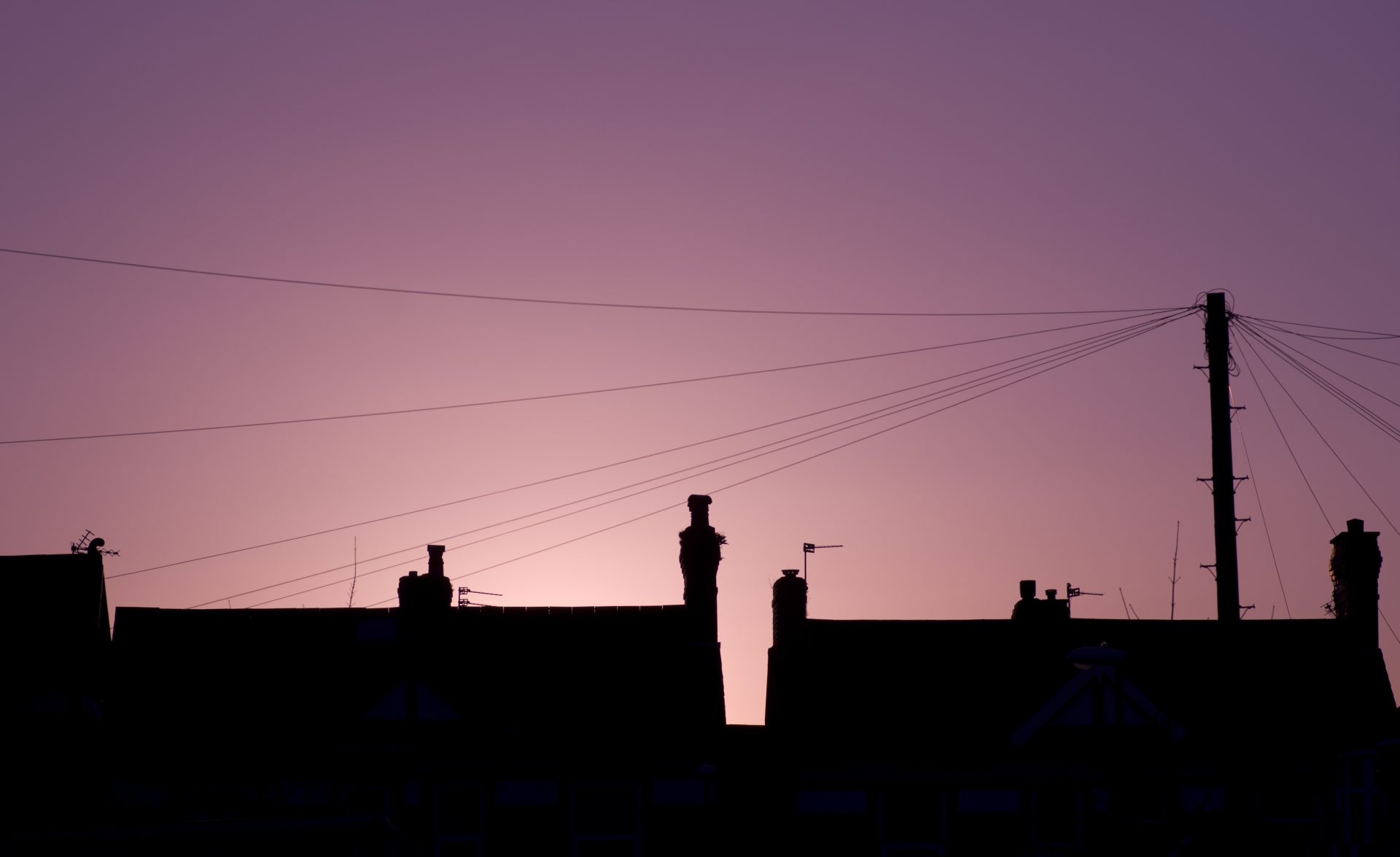
The effects of major frequency change
It was a lightning strike and a sudden drop in frequency that caused Great Britain’s first widespread blackout in a decade when, in August 2019, a gas power station and an offshore wind farm suffered simultaneous outages.
The initial lightning strike caused multiple small ‘embedded’ generators (such as small wind turbines, solar and small gas generators) to trip off the system. This was immediately followed by the loss of one module from the Hornsea One wind farm, and Little Barford Gas fired power station.
Such a large portion of generation coming off the grid – almost 1.8 gigawatts (GW) – couldn’t be replaced with enough fast acting reserve (as the ESO was only required to hold 1 GW in reserve at the time), which in turn caused an imbalance in supply and demand. The imbalance meant frequency dropped below the grid’s safety limits, triggering a string of safety trips that resulted in automated-but-controlled power outages across large sections of the country.
The reality of power generation is things do occasionally go wrong, and when a large power station trips and stops supplying electricity to the grid, the frequency is pulled down rapidly. In an electricity system made up of 10,000, rather than 10 different sources of power, one or even 10 small sources can suddenly stop working without severely disrupting the grid’s ability to operate.
But while this might insure against single large scale changes on the grid, it increases the potential for many more smaller ones, and this means the act of managing the grid requires a similar approach to the services that stabilise it – more of them, called upon more often.
While it’s incredibly rare for multiple large-scale power generators to cut out at the same time, the August 2019 blackout does highlight a strength of a diversified electricity system based around multiple different types of generation.
In recent times the ESO has operated the system with lower levels of inertia than historically due to the closure of large power stations. These low inertia conditions mean that it is harder to respond to changes in frequency caused by a sudden increase or decrease in demand or generation.
The promises of expanding grid scale battery and storage technologies means intermittent renewable generated electricity will be able to provide increasing amounts of these services such as reserve power and voltage management in the future.
But at present Great Britain has limited storage at the scale needed to do so – mainly its pumped storage hydro fleet in Scotland and Wales. Instead, it falls on flexible, fast acting thermal generators to provide these services.
And as more of these are called upon to ensure the grid operates flexibly, it becomes far more complex to manage it from a central point. The response to this challenge has been to split how National Grid operates it.
From nationwide to regional
National Grid made the decision to divide its electricity systems operations division (ESO) into a separate company from its electricity transmission (ET) business – which maintains the high-voltage infrastructure, in order to better manage the changing nature of the electricity system.
The National Grid’s Distributed Resource Desk was established in April 2019 to enable power system engineers to give instructions much faster to smaller generators, battery storage operators and demand side response (DSR) suppliers, and act as a central coordinating force in a diverse ecosystem.
This follows a rise in importance of locally-operated grids, also driven by the ambition to provide a degree of autonomy to regional power networks.
The local grids of Great Britain’s electricity system are currently run by six Distribution Network Operators (DNOs), which bring electricity from the national high-voltage transmission system – which National Grid ET owns and National Grid ESO controls – onto local electricity networks and into homes.
DNOs own and operate the cables, poles and transformers that make up the local electricity systems. However, as more electricity generation shifts to a local level, their role is changing from DNOs to Distributed Service Operators (DSOs) – a one-letter change that makes a big difference.
Instead of just maintaining and repairing the actual physical aspect of the local electricity network, DSOs will increasingly play a role in actually managing demand, storage capacity and generation at a local level. This is currently the responsibility of the National Grid ESO. It maintains the generation and demand balance, and carries the reserve and ancillary services on behalf of the whole supply system. How, or even if, this responsibility can be delegated is still uncertain.
One of the first challenges these DSOs will run into, however, will be the imminent growth of another of the key players in the world’s decarbonisation efforts – electric vehicles (EV).
In 2040 Britain will ban the sale of new petrol and diesel cars, giving rise to a sudden influx of EVs in the preceding two decades. National Grid ESO’s most recent forecast puts the number of EVs it expects to be on UK roads by 2050 at over 30 million, which will in turn create an added electricity demand of close to 50 TWh on top of the current national need for just shy of 300 TWh. This growth will not only require a similar increase in generation capacity, but in how that electricity is managed.
This is because EVs won’t add an even amount of demand to the grid, they’ll add spikes at certain times of day – for example, when drivers get home from work and all plug in their vehicles to recharge or potentially in the time before rush hour begins.
The use of intelligent charging systems might be one way to help deal with this increased demand by enabling cars to automatically charge when there is a surplus of electricity and costs are low for consumers. Smart charging will also allow vehicles to act as distributed storage systems that can store excess electricity from the grid and feed it back when there’s high demand.
This type of technology – called vehicle-to-grid or V2G – is still in its infancy, but it could have a major impact. In decentralised systems, it will allow buildings to tap into connected vehicles or entire fleets of vehicles for power when demand is high but generation from sources like wind and solar is low.
It has the potential to bring added stability to the grid in its abilities to store and supply power, but it also adds yet again more complexity to the system. The difference of this complexity, however, is that it comes with a way to manage it: data.
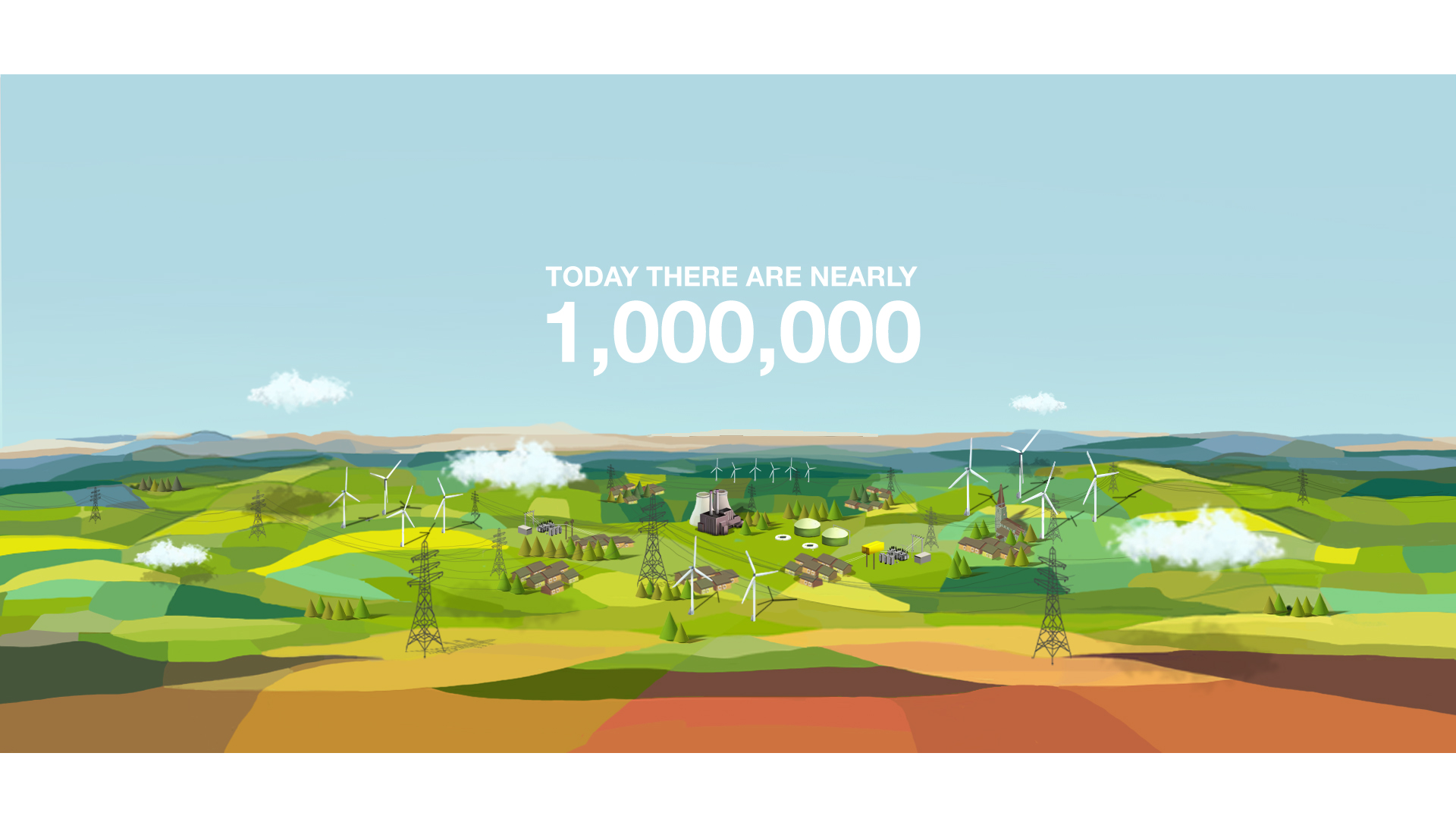
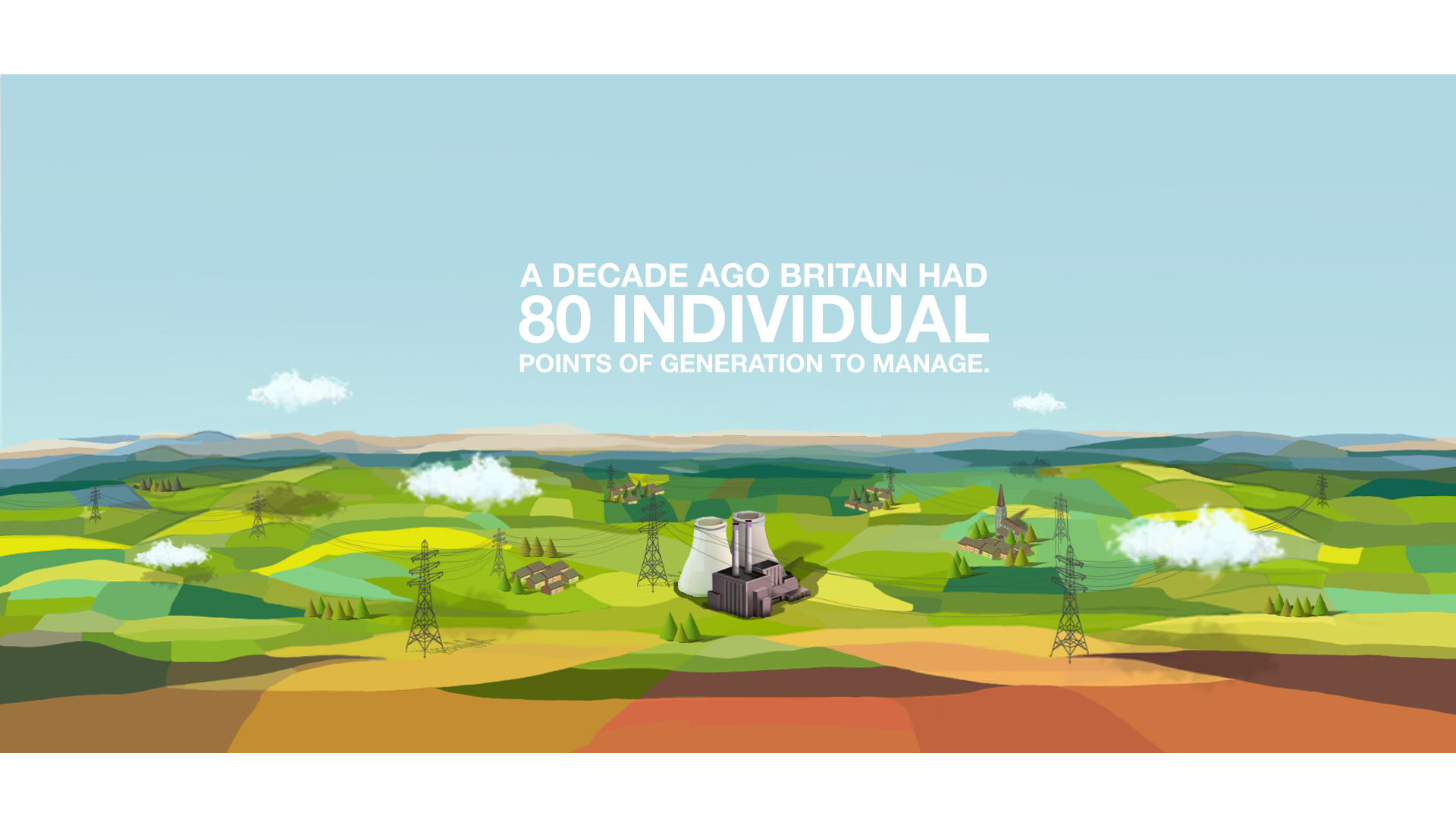
The great data revolution
Smart meters are slowly being rolled out across Great Britain. By the end of 2020, the government has the ambitious aim of installing 50 million in homes and businesses across the country. This will vastly increase the amount of data available to help inform decisions on how the grid functions, such as what types of generation are available with the lowest carbon emissions or how much reserve power is needed at any given moment across the electricity system.
Carl Skerritt, Head of Smart Innovation at Drax highlights the potential power of this data: “If you’re getting real time readings from every single meter in every single property you’ll be able to forecast and balance the grid better.”
It’s not just the organisations controlling electricity generation and balancing that will feel the impact of smart systems. For everyday consumers the increased access to information about how they use electricity, its cost and its impact could be transformative.
“It’s an industrial revolution of the energy industry,” says Kerry Maisey, Head of Smart Integration at Drax. “For years, people have had no clarity whatsoever about the energy they’re using. That drives a certain type of behaviour where people emotionally disconnect themselves. We know we can’t keep going on the path we are, but it’s a real cultural shift for people.”
This shift represents a change in our relationship with electricity not seen in generations. When the grid first brought electricity into homes it made a noticeable and immediate positive impact to everyday lives. People were very aware of their electricity. But during the decades that followed it has become an invisible part of modern life. It is taken for granted, only noticed when bills arrive or in the rare occasion of an outage.
“It’s an industrial revolution of the energy industry.”
Kerry Maisey, Head of Smart Integration, Drax
Smart meters that deliver a more in-depth understanding of how we use electricity have the potential to reset the relationship so electricity will be something we’re all more aware of. The devices are also a vital stepping stone in the difficult task of shifting how society thinks about electricity and building the data-driven future of the grid. The question is, who will own all the detailed data on our electricity consumption and who will control access to it?
This is where centralisation, rather than decentralisation, could prove important. The Data Communications Company (DCC) is responsible for the construction and maintenance of a secure smart grid infrastructure which will be instrumental in connecting suppliers, DSOs and other third parties to allow for universal access to electricity data.
This could bring benefits similar to how granting access to the data on your phone allows apps to offer tailored services, like delivering a pizza to your precise location. By agreeing to share electricity data it could open the door to new potential technology offerings.
Maisey suggests this may manifest in services that quickly and automatically switch customers between suppliers as rapidly as every half hour to get the best deal, or in services that switch them to suppliers with the most renewable generation in action on any given day.
As with anything driven by data, cybersecurity will consequently become an important part in the world of electricity, by protecting individuals’ and organisations’ information. A central authority that can approve or revoke third-party’s access to data could prove more secure than spreading control of data across multiple businesses, by decreasing the number of potential points of penetration that unauthorised parties could breach and steal data from.
Blockchain technologies will also have the potential to be transformational for the industry as well as a further force for decentralisation. Distributed platforms like blockchain are maintained by all participants without a central authority, so they can execute millions of transactions very quickly and for a very low cost. In the case of electricity, this could allow even the smallest electricity generator to send electricity to the grid, or in a fully decentralised system, to peers on a local system.
What is certain is technology and data have the power to rapidly transform the electricity system. Together they can enable more accurate forecasting of demand and generation, begin to structure and organise the growing numbers of decentralised sources, and ultimately help bring order to a rapidly changing system.
The potential is great, but so is the question it raises: is the grid – at nearly 100 years old – fit to support this?
Chapter 4:
From the gridiron into the future
Nearly 100 years ago a small group of people hoisted up a pylon and set in motion one of the most dramatic transformations this country has ever seen. But the journey that began on that Saturday morning in Scotland and brings us to today’s sprawling, complex system is not a linear one.
It is only with the benefit of hindsight we can map out how Charles Merz, Stanley Baldwin and the rogue engineers of the CEB managed to build a grid that integrated electricity across the country.
Today we find ourselves in a similar position. We are once again at the beginning of a transformation, but where this will lead and how our electricity system will eventually look is difficult to define because the grid is always changing – it’s written into its DNA.
The grid was built to propel the country into a new age of economic and technological development. But by transforming the country it powered, it created a requirement for itself to change. It must change with – and for – the world it helps create.
This is what’s driving its transformation today.
We’re in the middle of an energy revolution that needs us to transition out of the coal-powered gridiron that Merz envisioned and into a much more complex, renewably-powered and tech-enabled future. The promise of that first centralised grid was electricity whenever we need it, wherever we are, but today we’re looking to fulfil a new promise – electricity whenever we need it, wherever we are, created in a cleaner way. This is the promise of a decentralised grid.
It’s impossible to know exactly what shape this grid will take, but we know where we’re headed, with data at its heart, driven by smart meters. The efficiencies and stability a centralised electricity system created will remain essential, but so will increasing the level of decentralised and intermittent generation. We can be certain more communities, businesses and homes will generate their own electricity.
The grid will need to play a crucial role in supporting and stabilising this. It’s a role quite different from its historic one of just a physical backbone for the power system.
Instead, this grid will need to be a centralised entity that ensures electricity remains accessible and reliable for everyone, that uses technology and data to bring order to the millions of new points of generation and storage, and that brings stability to a network of sources generating at different times, in different places and in different ways.
The grid will be the force that connects and powers us, and even though it will run through many similar cables and cross the same country it did 100 years ago, it will be a very different thing.
But it will be a national grid, and we will remain on it.








